When visiting Sabi Sands and Kruger National Park on a safari, travelers have the chance to encounter various animals up close, including lions (Panthera Leo), who evoke unique reactions in everyone. If you've had the fortune of seeing a male lion, or even one of the male lion coalitions in this area, you'll never forget their immense size, grace, and beauty, coupled with the supreme confidence and aura of dominance they exude. One universal impression left by lions is their physical strength, strong family bonds, and the powerful roar that can be heard up to eight kilometers away. The close-knit relationships within a pride often mirror our own experiences, and the deep love and dedication pride females show to one another and their cubs resonate with mothers everywhere.
How do Male Lion Coalitions Form?
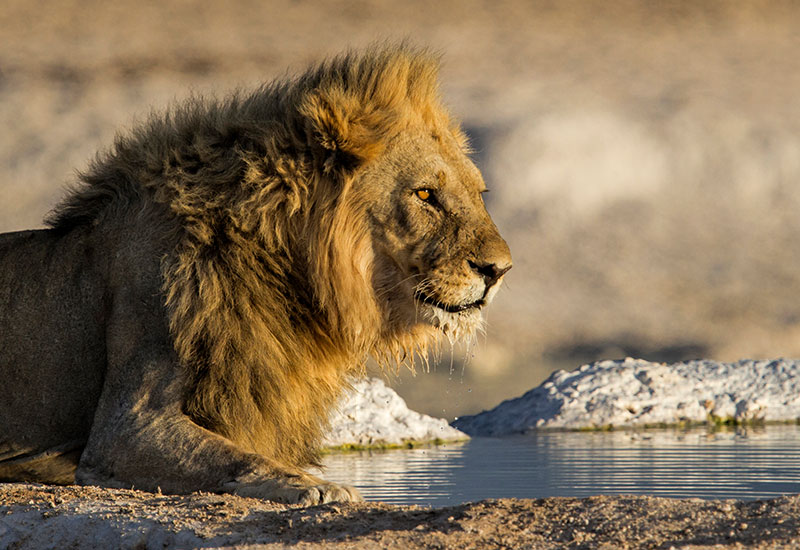
The male lion is a powerful presence in the wild, constantly facing challenges from rivals eager to claim their territory. Male coalitions, often formed to secure land and the lionesses who rear cubs and handle most of the hunting, play a crucial role in a pride's strength. The larger the group of lions, the more formidable the pride becomes. Lions within a pride are known for their affection, with even brothers often seen rubbing heads and grooming each other. Coalitions can range from two to seven males, typically made up of brothers and cousins, who form strong bonds as cubs and stay together as a unified force.
A coalition of prime male lions is essential for establishing and holding large territories. They roar and use scent markings to define their boundaries. Larger coalitions tend to enjoy better feeding opportunities, with more members to assist in hunting. Male lions grow impressive manes that can reach up to 23 centimeters in length, covering their head, neck, shoulders, and chest. While it was once believed that these manes protected them in fights, it is now understood that they signal a male's health and virility. Darker manes indicate higher testosterone levels, greater strength, and longer lifespans.
Lion Behavior
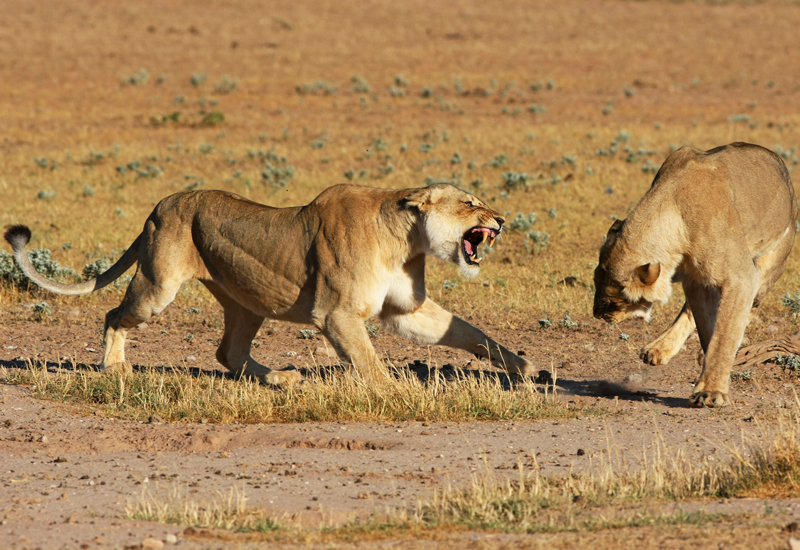
My experience or initial initiation into lion pride behavior was the same as we all have. A group of lionesses and cubs, accompanied by a majestic male, ultimately form the lion pride that we all think we know. But what we don’t understand is the role that male lions play in the pride makeup. It is not as simple as we all think as we have to look at it from both the female and male points of views.
Generally, the lionesses that form the core of the pride are very separate from the males. They are made up of sisters, aunts, mothers and daughters, and essentially make up what we know as a lion pride. They will generally stick together for life unless circumstances such as drought, competition or pride dynamics force them to leave. They will fight for territories with other female core prides, and secure an area of acceptable size to command. Male lion coalitions are necessary as a means of securing territories and taking over as many female prides as possible.
Male Lion Coalitions in the Kruger National Park and Sabi Sands
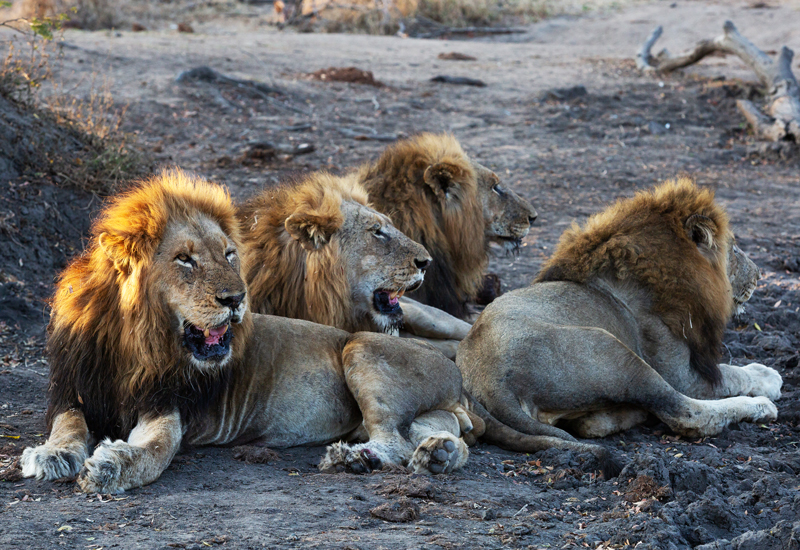
Now imagine male lion coalitions of up to six lions securing territories, and commanding them with mob justice and savage intensity. This is what is happening in the greater Kruger National Park (KNP), specifically in the Sabi Sands Game Reserve. Here, there are not one, but several male lion coalitions that are waging war in a territorial battle. There are the notorious Tsalala, Birmingham, Avoca, Mapogo, Majingalane’s and the Matimba male lion coalitions.
Tsalala Male Lion Coalition
The Tsalala Males are a group of relatively young lions (approximately six years old), who come from the central Sabi Sand, and have been around the Lion Sands region for a few years now. While they have numbers on their side, they are still inexperienced. It could be another few years before they are in their prime and ready to take over this territory.
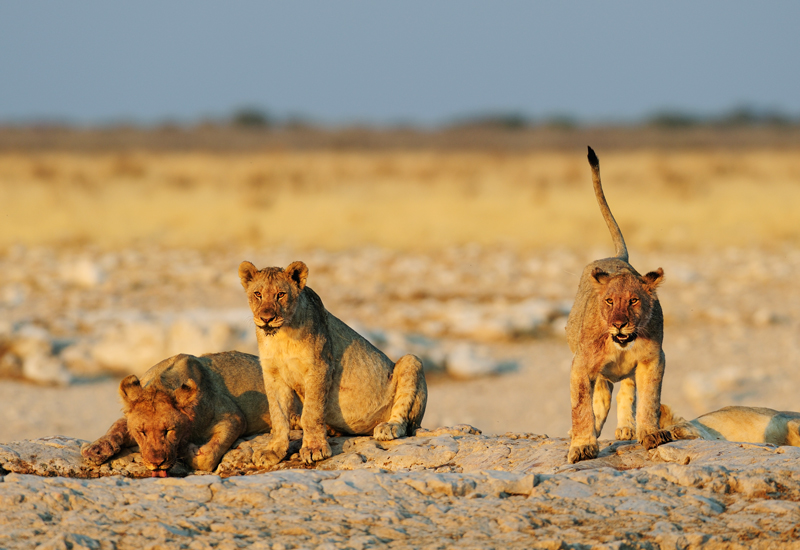
The three males are often seen on Mala Mala with their tailless aunt who leads the young lionesses of the pride, including their sister, but they are not yet strong enough for a face off with the Birmingham males.
Birmingham Male Lion Coalition
This pride of five brothers that were pushed out by their father to avoid competition, continue to extend their territory and have been seen in the South Western parts of the reserve and in the western corner. They are often seen in Buffelshoek, Chitwa Chitwa, Djuma, Nkorho, Cheetah Plains, Arathusa, and the very northern area of Mala Mala.
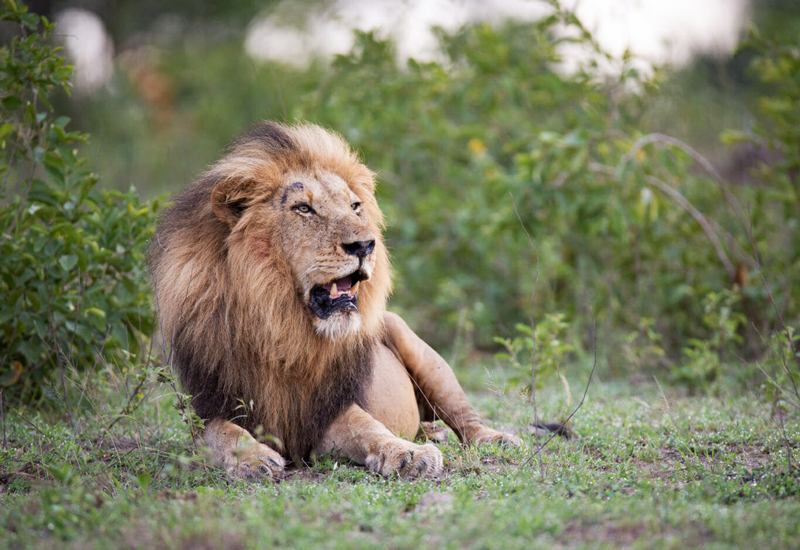
A incredible sighting of one of the Birmingham male lions captured by James Tyrrell.
Avoca Male Lion Coalition
The Avoca male lions began consistently turning up at Lion Sands Game Reserve in the Sabi Sands. They have made it known they are also interested in dominating this area, and have been seen patrolling and scent marking, and heard vocalizing. They are slightly older than the Tsalalas (over five years old) and also appear big for their age – with the confidence to go along with it! Perhaps that will be enough for them to fend off the competition.
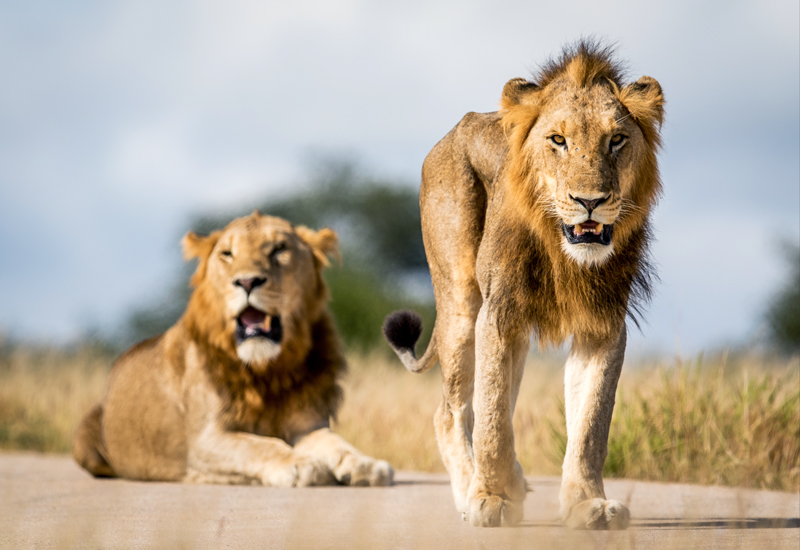
The young Avoca males were once a coalition of five young brothers but the two older males left their three younger brothers behind with the pride. The two older brothers are in the southern Sabi Sands and the three younger brothers are in Djuma/Buffelshoek region.The two older brothers was born in early 2013 and the three younger males were born a few months later. All five males were fathered by the old Avoca male lion coalition and come from the Avoca pride in the Timbavati.
Let’s Roam the Lion Sands Reserve
Mapogo Male Lion Coalition
The Mapogo coalition (six male lions) is the oldest and current established coalition. I was personally lucky enough to spend three years with these magnificent beasts, and I will never forget the first day I saw all six of them strolling into the reserve where I worked. They walked in as adrenaline filled, testosterone-fueled beasts with the confidence of old soldiers. They annihilated the old dominant males and proceeded to take over all of the prides in the Northern and Western Sabi Sands. They killed many cubs, protective lionesses and other male lions that stood in their way.
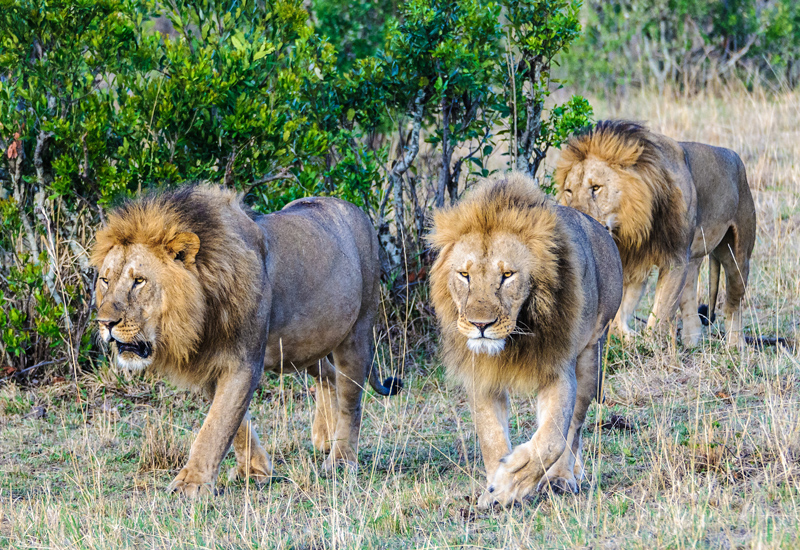
A group of male lions walk through the bush as a means of marking their territory and searching for food. Six years later, they have sired many cubs, have been the most accomplished big game hunters I have heard of and have become legends. Now, battle-scarred and weary, but soldiering on, their reign is now being challenged by the Majingalane coalition. They have been whittled down to three members, as two members were killed by the Majingalanes, and the cause of the thirds death is unknown.
Majinglane Male Lion Coalition
These four males were regarded as one of Southern Africa’s truly iconic coalitions, known for their strength and killings of hyenas. The coalition showed signs of ageing in early 2014 and in 2018 they were finally gone, with the Birmingham males claiming most of their territory.
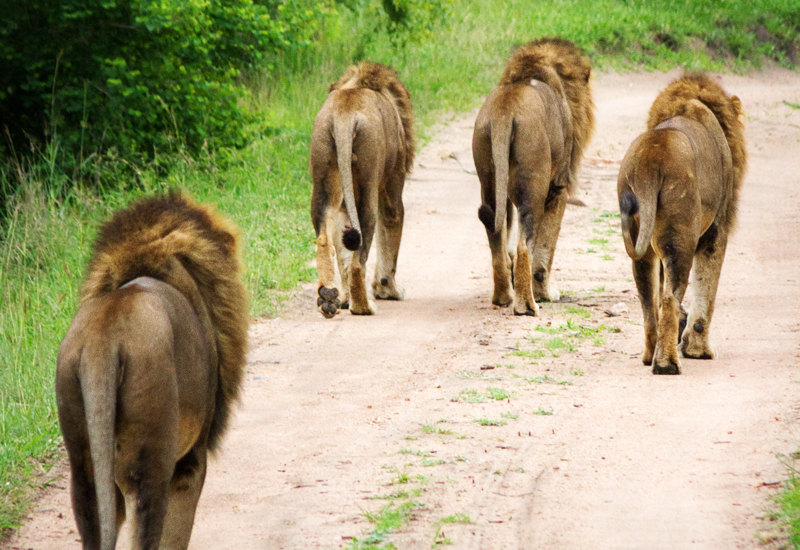
The Matimba Male Lion Coalition
The Matimba coalition of six males that are from the Kruger National Park and have always been seen bordering on the territories of the Majinglanes and the Mapogos. They had not made any moves to secure these territories before the Majinglanes had gone.
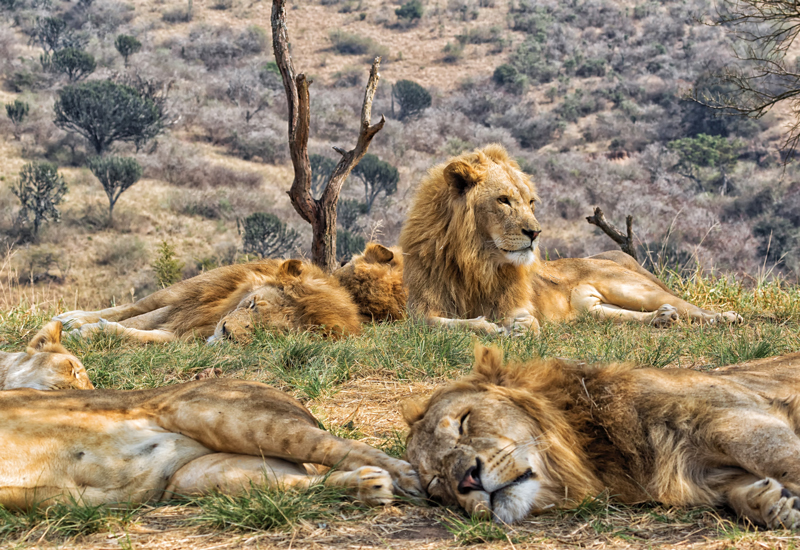
In 2017, the two huge Matimba male lions packed up and left, making way for the Birmingham males who were making their presence known. But now it seems, history has repeated itself, and the Matimba males have once gain moved into a territory recently vacated by the Majinglane - the western Sabi Sands. The Matimba males need to sire cubs in the western sector in order to secure the future of their bloodline.
Let’s Journey through the Kruger
All that we know is that these coalitions have given us amazing viewing and some phenomenal insights into lion behavior. With the global populations of lions dropping to only 20 000, interactions like these might not be witnessed by our children and grandchildren. It is so important to understand these interactions and to visit these reserves, which keeps their populations safe and stable.

